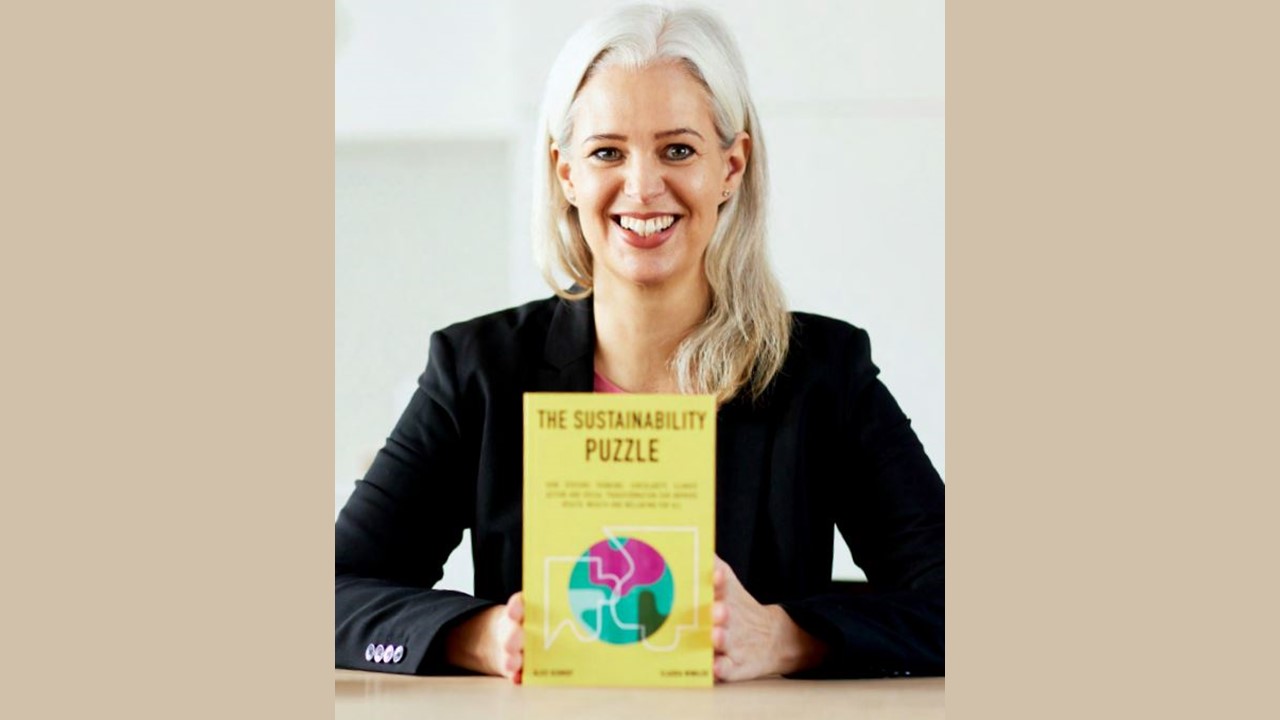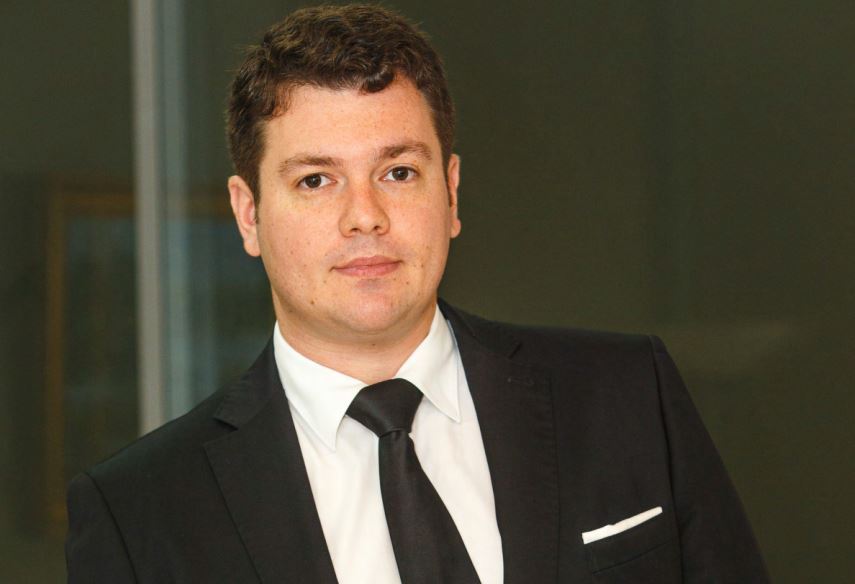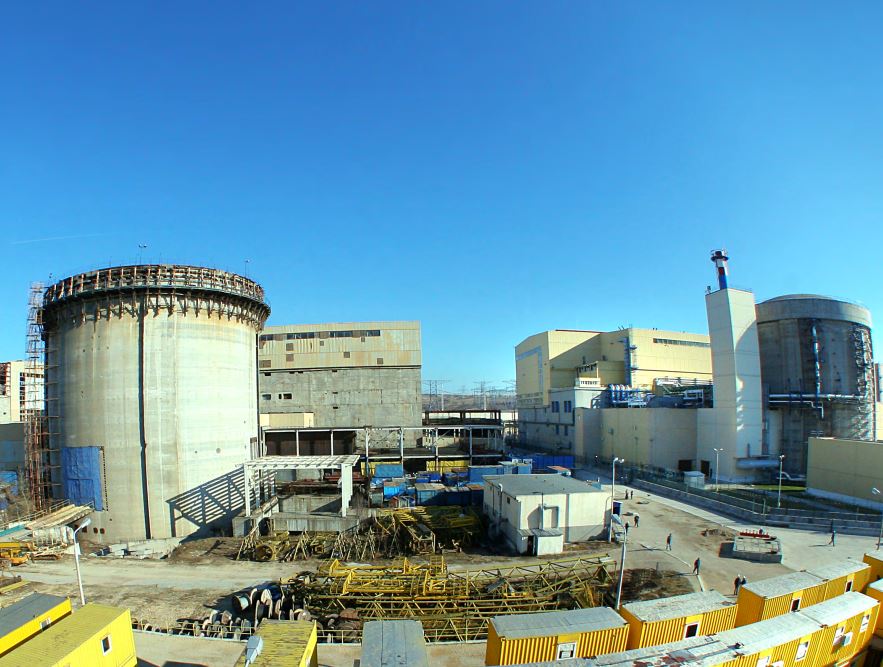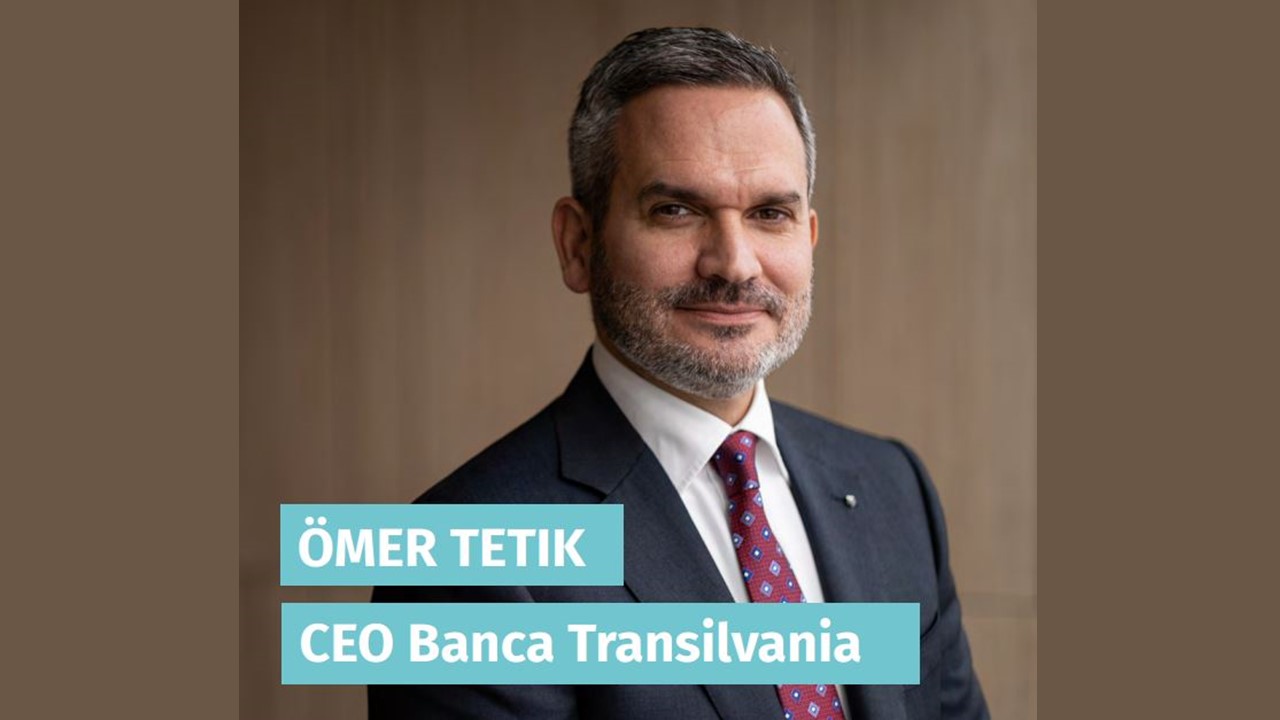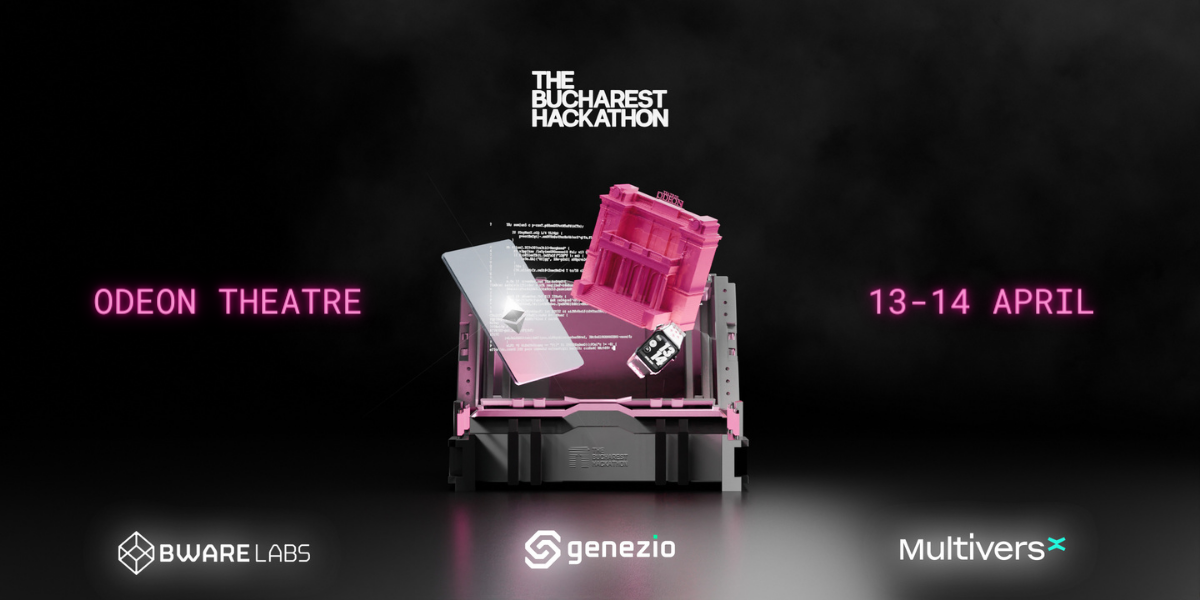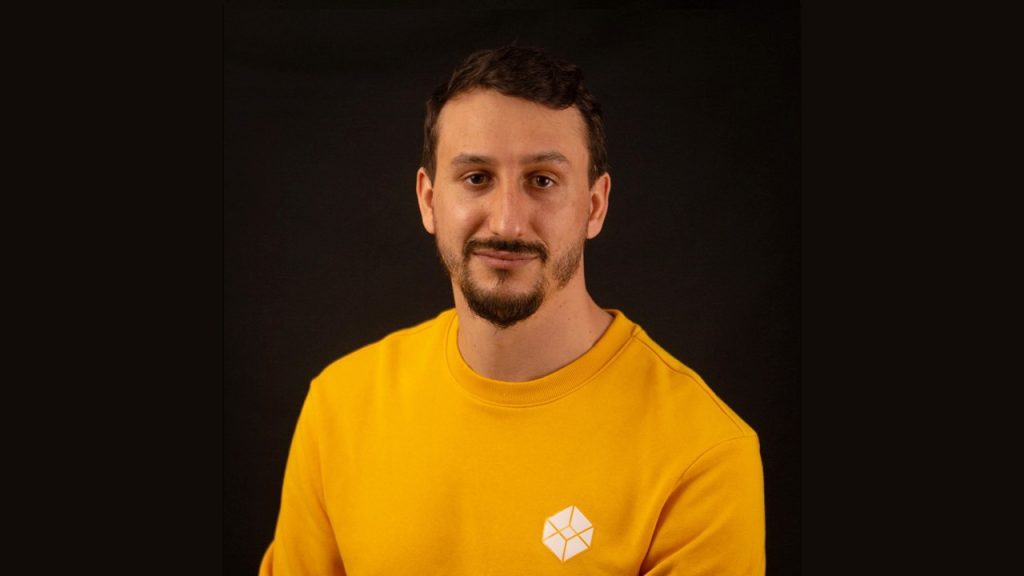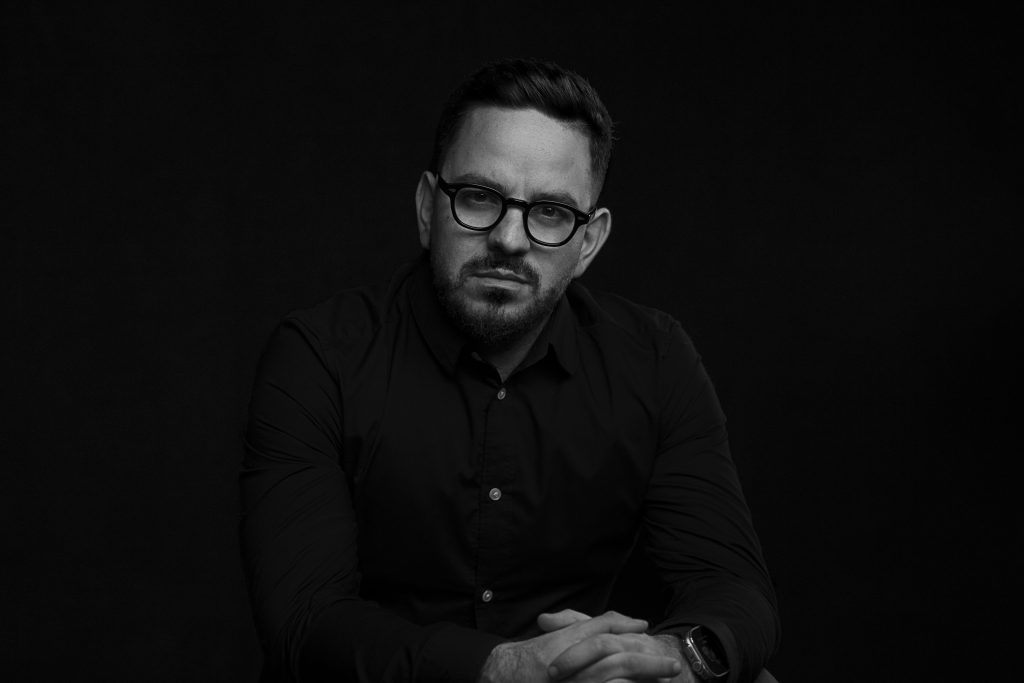1. The Toboro project, initially a platform dedicated to the lending of objects between individuals, was designated in November 2021 as the winner of the Future Makers international incubator, organized by Social Innovation Solutions. How did you arrive at solutions for companies today, for the valorization of electronic waste (e-waste)?
Indeed, Toboro was born in Bucharest, Romania, in 2021, along with our participation in the Future Makers program. The entire experience of the founders in this project was somewhat atypical. Less than a year later, we decided to launch the mobile application directly in France, along with relocating part of our team there. From there began a new phase of learning and development through trial and error, as is typical for many startups.
For our project, the challenges were even greater since we chose to operate in a market where we had no previous experience. This entire process helped us better understand the problem we were trying to solve, as well as our customers’ needs. This led us to pivot from a C2C business model to a B2B model, addressing the same challenge – overconsumption that generates huge amounts of waste – to organizations.
2. Why did you choose France for Toboro development?
In the last year, we realized how important it is to be present in an ecosystem where people are familiar with the problems you are trying to address and who are aware of the impact of climate change on the economy. This topic is present here in the academic environment, in the public space, in the startup ecosystem, and also at the political level, which is reflected in dedicated programs that provide resources to those who want to innovate in this field.
Moreover, France is an important hub for entrepreneurs and is distinguished by its diversity and a significant international community that has chosen to develop their products and services here, especially in Paris. There is support from both the private and public sectors (La French Tech, BPI France), making France an attractive place for startups.
Although we would have liked Romania to be the country where we launched, even though we did not do so, we hope to see it ready to support entrepreneurs more. But beyond that, personally, I believe that today, more than ever, you can launch a business from any corner of the world. What characterizes an entrepreneur is determination and the ability to find solutions, regardless of challenges or the environment they come from. We can see, even in Romania, more and more entrepreneurs who are having a major impact, including internationally.
3. Unlike government programs and recommendations from environmental organizations, with Toboro you provide companies involved in the recovery of e-waste with immediate feedback of their actions, through statistics and data on the reduction of carbon emissions, the amount of raw materials saved or the financial value of their actions, as is the case with donations. How much does this data matter in motivating managers of organizations to engage in sustainability actions?
Data are extremely important in supporting the actions that companies undertake, and from the numerous discussions we have had with organization representatives, we have noticed that they also represent a great challenge. On the one hand, this need is accentuated as the deadline approaches for the new European directive on corporate sustainability reporting (CSRD) to come into force. On the other hand, the increasing pressure also comes from consumers and investors. According to the most recent study by PwC, 94% of investors believe that corporate sustainability reports contain statements that are not supported by accurate data.
Moreover, their interest in the impact of companies on the environment and society is also growing, 15% more than the previous year Last but not least, the lack of data makes it difficult, if not impossible, for companies to measure the impact of their actions and sustainability projects, with an impact in business (attracting talent, investments, etc.), not just at the image level.
Identifying all these problems, we have developed, together with one of the doctoral graduates in mathematics from MIT, our own calculation algorithm, which allows for greater accuracy than the estimates we can find on the market.
For this, we have built our own database, which integrates information about the emissions generated by each product, from different brands, from the production stage to commercialization. We complete this calculation with data collected from companies, about the duration and usage in the product’s life cycle within the organization.
4. What results have you recorded in the few months since the launch of the platform? Can you give us some names of companies and the impact of their actions on the environment?
We began developing our product based on feedback received from organizations we interviewed even before defining the final solution. This allowed us to collect useful insights about their problems and needs. However, we didn’t limit ourselves to just companies. The issue of e-waste cannot be solved without a holistic approach. Each party involved in a product’s lifecycle bears some responsibility.
We identified that, in the manufacturing and distribution stage, producers are not yet providing enough transparency regarding data that shows a product’s carbon footprint. We need this data to perform precise calculations and generate accurate results useful for sustainability reports. Continuing, existing databases (such as ADEME) offer a range of useful information, but even here, some of it is based on estimates. We continue to operate with a lot of approximate data and we believe it is also the role of legislation to impose more transparency and rigor in data transmission.
We have also expanded our study to the area of NGOs or partners (example: recyclers), as well as suppliers, thereby laying the foundations for what we want to be an ecosystem for the management of e-waste. In this ecosystem, we currently integrate actors from the corporate, non-profit, and public environments – who are usually the partners that take over electronic equipment to extend its life. At this moment, we have a pilot program – focused especially on laptop donations – in which companies from industries such as retail and banking participate, both from France and Romania.
On average, an organization that chooses to donate 100 laptops instead of sending them to the landfill can reduce its CO2 emissions by approximately 7,800 kg in the year of donation, and the calculation can also be extended to raw materials, water consumption, or the financial value of donations with an impact on the community.
For those interested in a personalized calculation, we invite them to www.toboro.io, where they can request such a report.
5. In your work, you also addressed the other side of sustainability, social responsibility, specifically diversity and inclusion (D&I). How is the Accessi+ project received by companies, through which you offer audits and solutions to improve the accessibility of website content for individuals with disabilities?
Web accessibility allows all individuals, not just those with disabilities, to navigate and interact with the internet. With the pandemic and the increased time spent online, this has become even more important. Fortunately, there is a legislative framework that ensures everyone’s equal access to information and communication technologies, which we can simply interpret as access to internet content.
These directives, as we know, are interpreted differently from one country to another. In France, for example, we already have an implementation methodology for the European standard EN301 549, which public institutions, public law entities, and companies with a turnover of over 250 million euros are required to follow. There is also a standard in Romania.
However, what motivates organizations to make their websites or mobile applications accessible is not just the fines for non-compliance, but also the opportunities they lose due to lack of accessibility: access to a larger customer base, the positive impact on CSR strategy, especially in the Diversity and Inclusion pillar, and even at the image level, showing care and empathy towards a disadvantaged population segment when it comes to navigating the internet.
6. You are preparing to enter the Romanian market. What are the expectations regarding the development of the two projects in the domestic business environment? What obstacles do you think you will encounter?
We are entrepreneurs, so we choose to have an optimistic approach. We believe it is very important for Romania to keep pace with global development and align with international standards. Even though progress is slower in certain sectors here than in other regions of the world, we observe a considerable openness from some organizations towards innovation, inclusion, and sustainability-related themes. Our businesses are based on a European and international legislative framework, which particularly helps us in discussions with organizations that are part of complex, international structures where sustainability is already integrated into the business strategy.
Locally, we already see a growing number of companies voluntarily making sustainability reports, as well as those engaging in actions with a positive impact on the environment and society. For us, this is an indicator that things are moving in a positive direction.
7. How do you see the role of technology in promoting sustainability?
I believe that technology is an important catalyst in promoting sustainability and provides us with tools that enable the measurement, analysis, and improvement of our impact on the environment. Therefore, we should transition to a stage where data accuracy, through traceability and transparency, becomes a reality. For instance, artificial intelligence and data analysis solutions allow us to more accurately assess carbon emissions and identify areas where we can reduce resource consumption.
Equally important is the fact that today, more than ever, technology plays a vital role in increasing public awareness and engagement. Online platforms and social networks enable us to disseminate information about sustainable practices and create a global community united around sustainability values. However, there is equally a risk of greenwashing when it comes to online platforms.
I am convinced that technology will be more than a facilitator and will enable us to address current climate challenges in smarter and more efficient ways.


